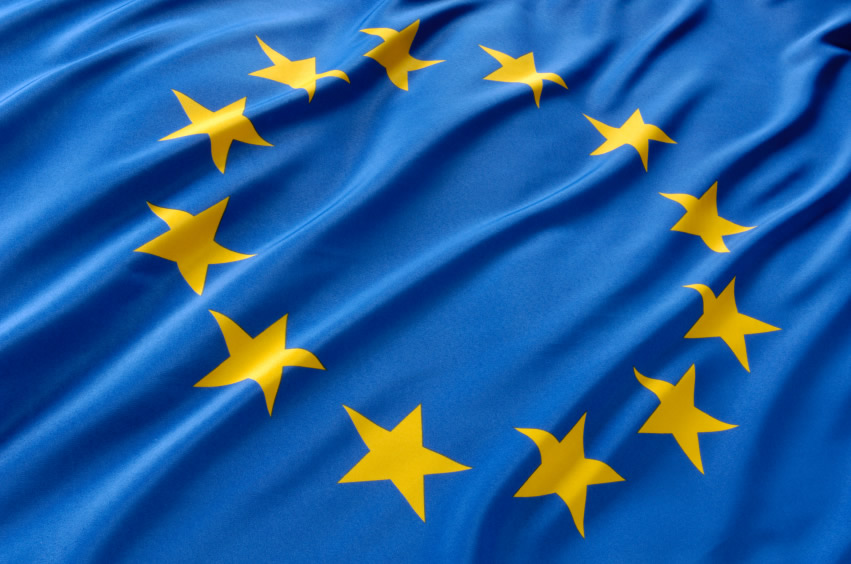The New MDR: Opportunity Knocks

The new Medical Device Regulation (MDR) was finally published in the Official Journal of the European Union on May 5 last year. The regulation replaces both the previous Medical Device Directive (93/42/ EEC) and the Active Implantable Medical Device Directive (90/385/EEC), with its intention being to set out a new, transparent and sustainable regulatory framework to protect public health and promote fair market access in the medical devices industry.
The regulation sets out a raft of very significant changes to the way that medical device manufacturing is overseen; in fact, it is the single largest change to the regulatory landscape in Europe since CE Marking came into force in 1993. Based on our experience of helping medtech firms navigate previous regulatory changes, we know that early preparation is crucial and this is especially the case with the wide-ranging and complex MDR. In this article we outline some of the practical implications of the regulation, look at why early action is necessary, analyze the market opportunity on offer for pioneers, and present some tips to ensure speedy and seamless compliance.
The Compliance Challenge
The MDR touches on many critical processes within manufacturing: The reclassification of devices including legacy products, reprocessing of single use devices, technical documentation standards, clinical evaluation/evidence standards vigilance & post-market surveillance, mandatory product liability insurance, transparency through EUDAMED, labelling & the supply chain, and unique device identification (UDI).
The challenge facing manufacturers is made particularly acute due to the ‘no grandfathering’ rule, which means that any device currently on the market in the EU must achieve conformity with the new regulation before the official deadline of May 2020.
The agreed three-year transition period may seem lengthy but quite apart from the scale of the preparatory task ahead, two compounding issues are looming.
In-house Skills Gap
Firstly, there is a well-documented shortage of in-house compliance professionals who are qualified to undertake the necessary preparatory and certification work for the MDR. This reflects the growing skills gap in life sciences across the globe, which is particularly evident in the fields of clinical trials and compliance.1,2 Up to 80% of clinical research professionals work on a freelance basis, rather than employed on full time contracts, limiting the availability of in-house staff with the right skills set for specialist compliance projects.3 It is clear that manufacturers who delay their compliance plans will be less able to pick the best professionals at the right time—and the right price—and will have to wait for existing contracts or notice periods to be completed. And where there is greater demand for limited resources, prices will inevitably increase.
In combination with the constant pressure to reduce operating costs, the in-house skills shortage is already leading medtech firms to consider alternative staff sourcing strategies. External consultants are one option but even here, supply is limited and early engagement will be necessary to avoid availability problems.
Certification Bottleneck
The second capacity hurdle facing manufacturers lies with the Notified Bodies (NBs). The development of the new MDR was in part driven by past safety issues which have led the Competent Authorities to exert considerable pressure on NBs to sharpen their scrutiny of medical device manufacturers. The NBs themselves are therefore required to seek designation under the MDR in the coming months. In tandem, they are already facing capacity issues; their numbers having dwindled by 20% in Europe over the last two years, and some have stated that they are accepting new CE Marking work.
The stringent requirements of the MDR will only increase the burden on NBs, affecting their capacity to audit and certify clients.
Market Advantage
Manufacturers who take a proactive approach now to compliance will position themselves avoiding the capacity issues associated with MDR readiness. Even more significantly, they may find that they can seize market share from the late adopters who will be unable to service market requirements without the requisite certifications in place. In short, non-conformity with the MDR will jeopardize medtech firms’ access to the lucrative EU markets, which, in aggregate, are economically larger than the United States.
To investigate this further, a Market Opportunity Value (MOV) model that demonstrates the potential annual revenues achievable for MDR-compliant manufacturers, or conversely, the scale of the market penalty for non-compliance is available. The figure sits at a staggering $16.5 billion (The total market values from which it is derived are based on the latest verified medical market value estimates from a variety of established analysts8. The countries selected represent the top ten EU countries by nominal GDP, plus Switzerland.). This is based on the estimate—corroborated by interviews with major medtech businesses operating in Europe—that compliance under-capacity will be 20% of total market value.
This gives an idea of the scale of market advantage that compliance pioneers may experience. Furthermore, the advantage could be long lasting: It is unlikely that late adopters will be able to claw back the market share that they lose to their faster-moving competitors.
Next Steps
To grasp the compliance initiative and take full advantage of the MOV, we would recommend that manufacturers develop and implement a proactive and pragmatic MDR compliance strategy as soon as possible. They should appoint members of staff from different areas of the business who are briefed with taking responsibility for individual elements of the compliance process, which incorporates assessing the product portfolio and potentially eliminating any that are no longer necessary.
For many firms, choosing an external compliance partner will be the sensible route to take, as they will be able to provide help and support with the transition and, in particular, assist with formulating a comprehensive plan of action. But perhaps the most pressing move incumbent on medtech players is to book in NBs for certification work—that is, as soon as the NBs have completed the compliance process themselves.
In Summary:
- Sweeping changes for manufacturers have been introduced by the new EU Medical Devices Regulation (MDR)
- A compliance transition schedule has been put in place but this masks a rapidly emerging capacity shortage both among Notified Bodies (certification) and expert compliance staff and consultants (preparation)
- Manufacturers who do not embark urgently and early on their compliance programmes will find themselves unable to complete compliance across their product portfolios by the statutory deadline
- Those who drag their heels will not be able to operate in markets until compliance is achieved
- This opens up commercial opportunities for MDR compliance pioneers, who will be able to serve the resulting market segments while their competitors remain excluded
- Our research combined a variety of market sources to arrive at an estimate of the MOV that MDR compliance pioneers will be able to seize
- Across the EU’s 10 largest economies, plus Switzerland, the MOV is estimated to be $16.469 billion
References
- UK life sciences industry faces skills shortage. (November 13, 2015). The Pharmaceutical Journal.
- Unravelling complexity, (April 2017), Deloitte.
- Clinical Staff Shortage: “Growing Plague” For Pharma & CROs (November 6, 2016). Clinical Leader.
